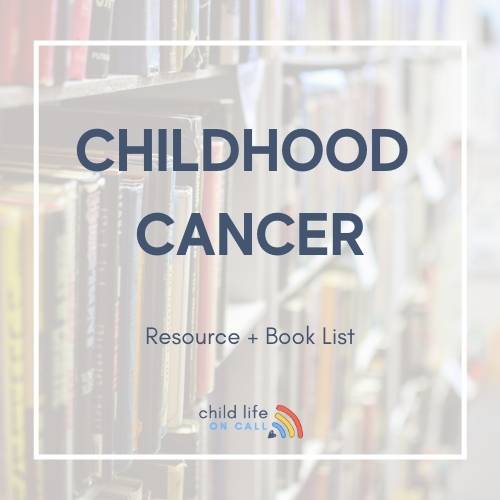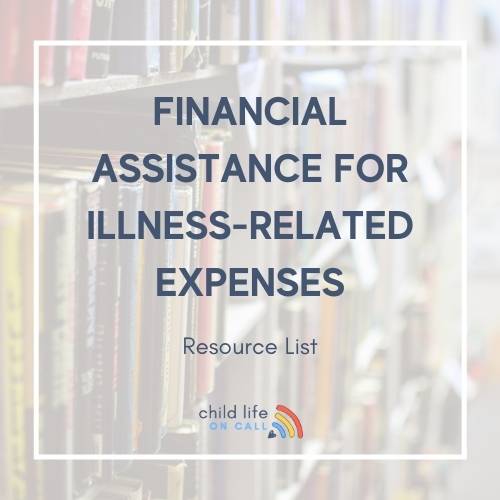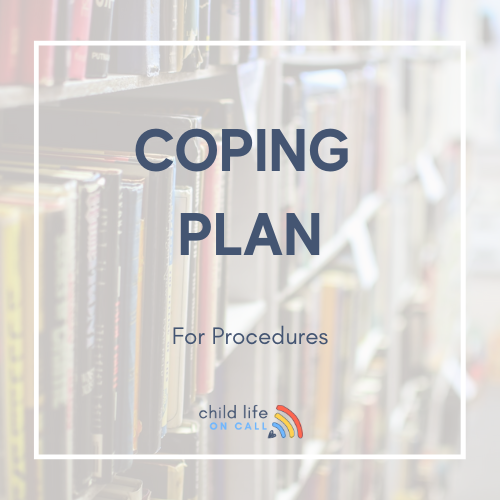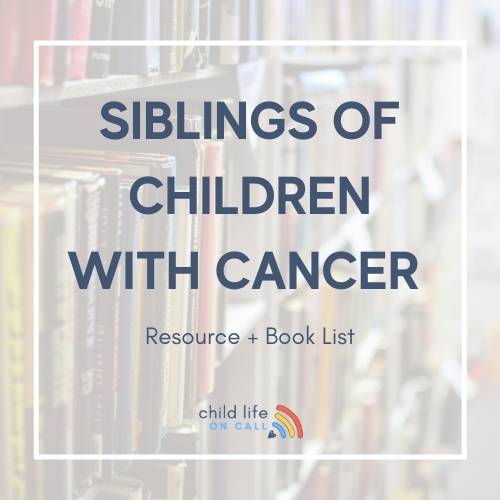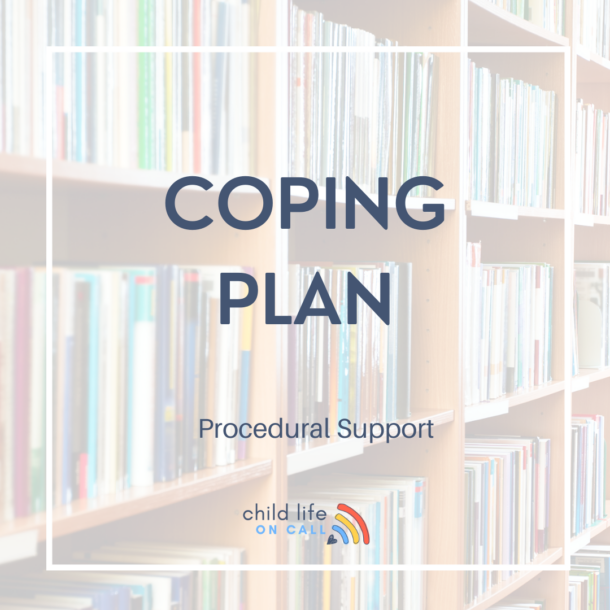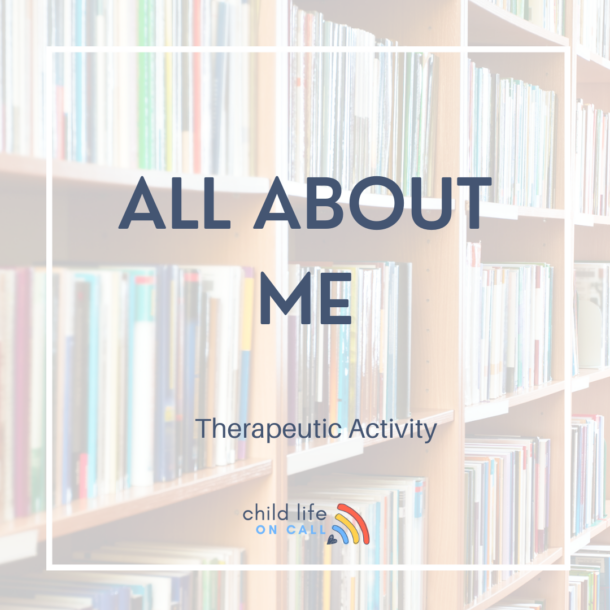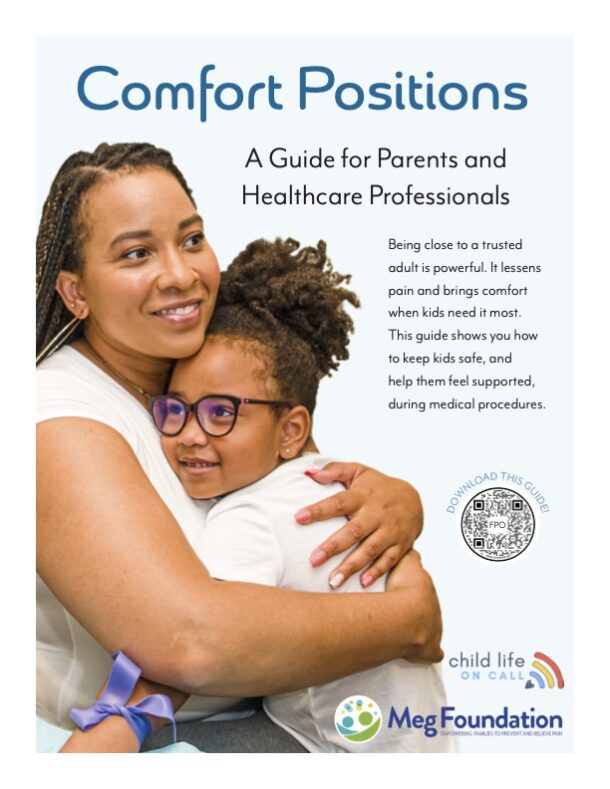“Ugh….” That’s The typical response when I discuss incorporating theory with students. For many students, they can read about it, memorize it, and understand it but when it comes to incorporating it into essay responses and interview questions their mind goes blank. Everything they learned from all of their development courses goes out the window. Maybe it’s due to the pressure? Maybe it is the fear of being wrong? Either way, knowledge of theory is vital and foundational for all of the work that we do. So here’s how I like to break it down.
A theory is an idea.
It is an idea about how something works.
We use theories all of the time, and I don’t just mean developmental theory.
We use theories when watching reality TV, why is the Bachelor choosing a certain person to receive a rose? We use information and data gathered from the show to determine and predict the behavior of the participants. Now, obviously, there is not a lot of research to back up our personal ideas about reality TV. But, when it comes to theorists like, Erikson, Piaget, & Bronfenbrenner there is a lot of research and data to back up their ideas about how a child develops and think and why they may act in the ways that they do.
My challenge to you: Next time you are working with a child in any setting and you find yourself grabbing a toy or planning an activity, ask yourself: Why did I pick this? How do I know this is going to be successful for this child? What information did I use to make this decision?
The goal? Use the ideas of these theorists to explain or predict why a child acted in a certain way, why you chose a certain activity, why you responded the way that you did. For many students this is challenging because it is something you do naturally, not even realizing that you are utilizing theory.
Use these questions to guide your thoughts, then, get those thoughts down on paper! It might look messy at first, but once you get them down you can perfect and organize them.
Ever heard of SOAP or APIE? Both of these tactics can really help you think about your interaction and explain it in a succinct way and hopefully incorporate theory. I prefer APIE.
A- Assess: What is your assessment of this child? Developmental age, setting, behaviors exhibited, information gathered from family, etc.
P-Plan: Based on the information gathered, what activity or idea do you want to incorporate? This is where you can use theory to guide your thoughts and actions.
I- Implement: The fun part! You get to actually carry out the planned activity or idea.
E- Evaluate: Reflecting on what you observed, did the plan work? How do you know?
This is a great tactic to use right now in your work with kids. Keep notes on your phone or write it down after your shift to practice! Frame all of your activities in a way that forces you to think about theory and what idea might have guided you in that interaction.
Theory is challenging. But, I promise the more you practice the better you will get and the more fluid it will be. Even as a professional I’m still learning more and more about theory all the time. This is a continuous learning experience, which is one of the joys of child life!

